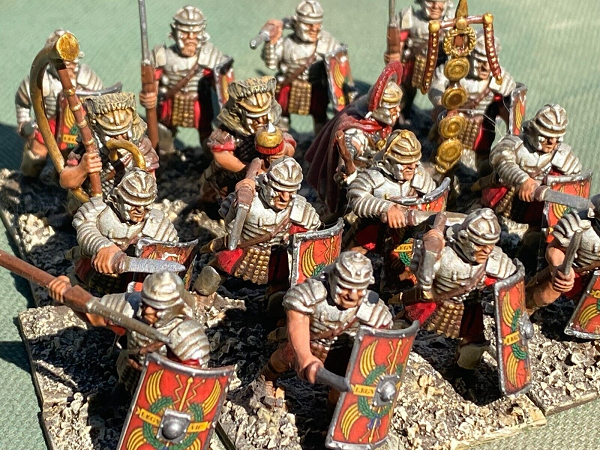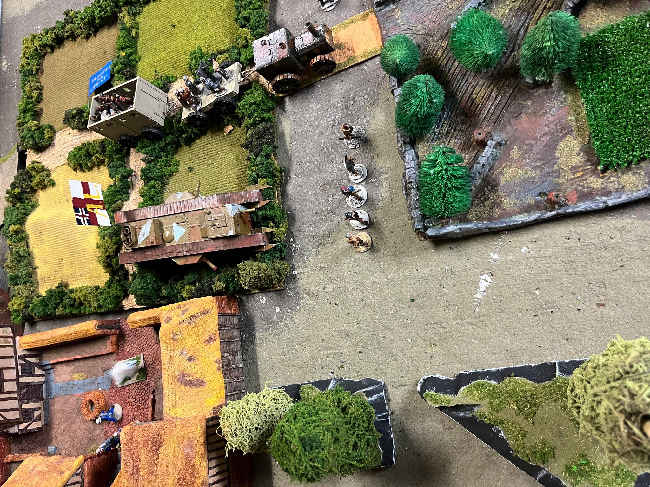Ancients wargaming, also known as Ancient Warfare, focuses on recreating battles and conflicts from ancient civilizations. This period spans a wide range of historical eras, including the ancient Greeks, Romans, Persians, Egyptians, Carthaginians, and more. Ancients wargaming allows players to delve into the strategies, tactics, and warfare of these ancient civilizations. Here are some key aspects of Ancients war gaming:
Historical Periods: Ancients wargaming covers a vast span of time, ranging from the Bronze Age to the fall of the Roman Empire. This includes ancient civilizations like the Greeks, Romans, Persians, Macedonians, Egyptians, Celts, and many others. Each civilization offers unique units, tactics, and historical contexts for players to explore.
Unit Types: Ancient wargames feature a variety of unit types representing the diverse armies of the time. These include infantry, cavalry, chariots, war elephants, archers, slingers, siege engines, and more. Each unit type has specific strengths, weaknesses, and roles in battle, requiring players to consider their composition and deployment carefully.
Formations and Tactics: Ancient warfare is known for its use of distinct formations and tactics. Players must understand historical tactics such as the phalanx, the legion, the testudo, or the wedge formation. These formations provide unique advantages in terms of defense, offense, or maneuverability, and their proper utilization can be crucial to success in battle.
Command and Control: Ancients wargaming often incorporates rules for command and control to simulate the challenges faced by ancient commanders. This includes factors such as the ability to issue orders, the effectiveness of communication, and the impact of leadership on unit performance. Proper command and control can greatly influence the outcome of battles.
Terrain and Environment: Ancient battles took place in a variety of terrain, including open fields, rugged hills, river crossings, and urban areas. Ancients wargaming includes rules and considerations for different types of terrain and how they impact movement, line of sight, and combat effectiveness. Players must navigate the terrain strategically to gain advantages and mitigate disadvantages.
Historical Scenarios: Ancients wargaming often provides historical scenarios based on specific battles or campaigns. Players can recreate famous engagements such as the Battle of Marathon, the Battle of Thermopylae, the Punic Wars, or the conquests of Alexander the Great. Historical scenarios offer a chance to study and reenact pivotal moments in ancient history.
Siege Warfare: Ancients wargaming may incorporate rules for siege warfare, allowing players to recreate the strategic challenges of laying siege to fortified cities or defending against sieges. This includes siege engines, fortifications, and rules for assaulting or defending strongholds.
Historical Accuracy: Ancients wargaming often aims for historical accuracy, incorporating research and historical sources to ensure authenticity in unit types, tactics, and settings. Many enthusiasts of Ancients war gaming value historical accuracy and strive to recreate battles as accurately as possible.
Ancients wargaming provides an immersive and strategic experience, allowing players to explore the tactics and conflicts of ancient civilizations. The period offers a rich tapestry of historical battles, commanders, and cultures, providing ample opportunities for both competitive game play and historical exploration.
Shop Amazon for: Ancient Wargaming




Who Makes Ancients Wargaming Miniatures | Rules for Ancients Wargaming



